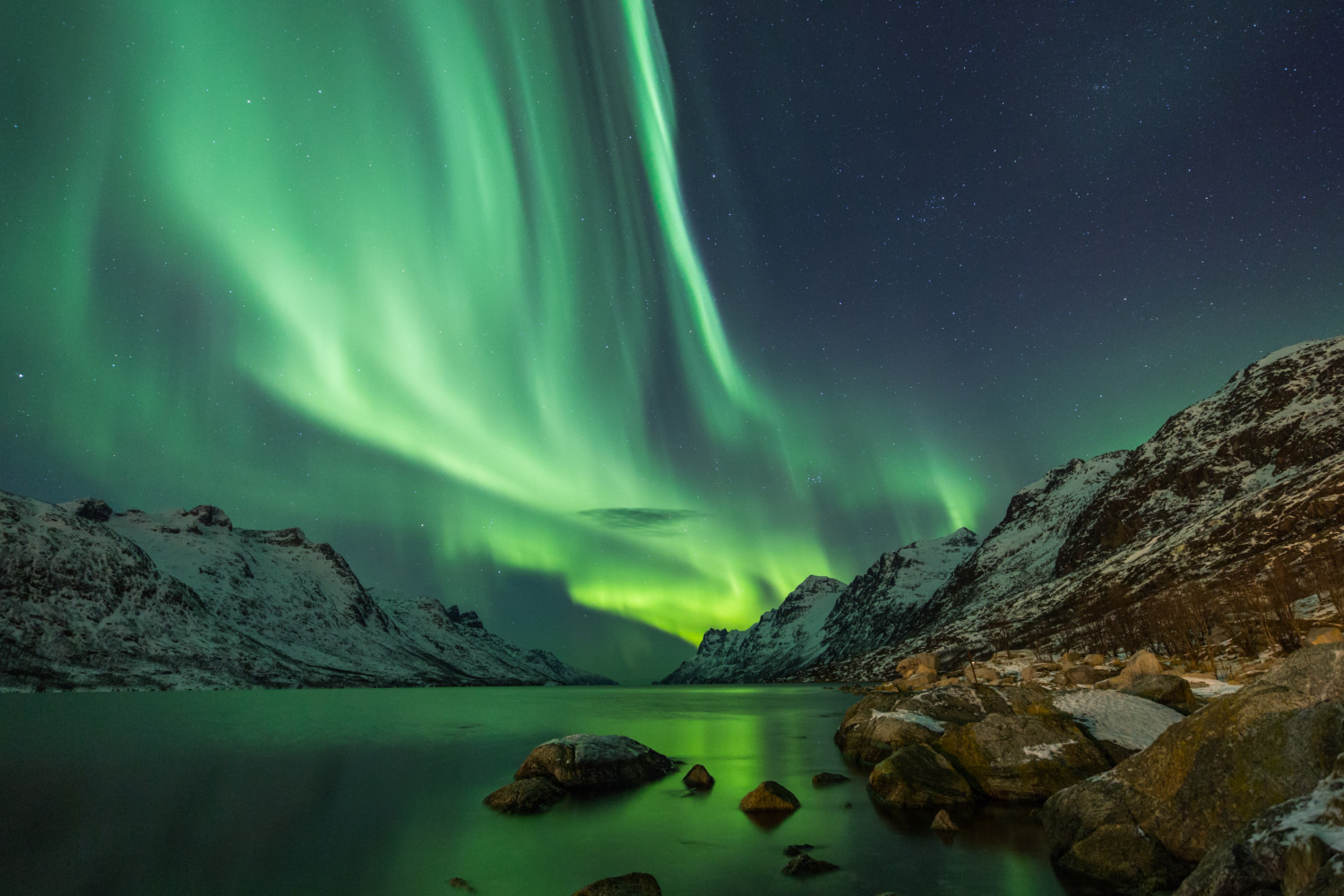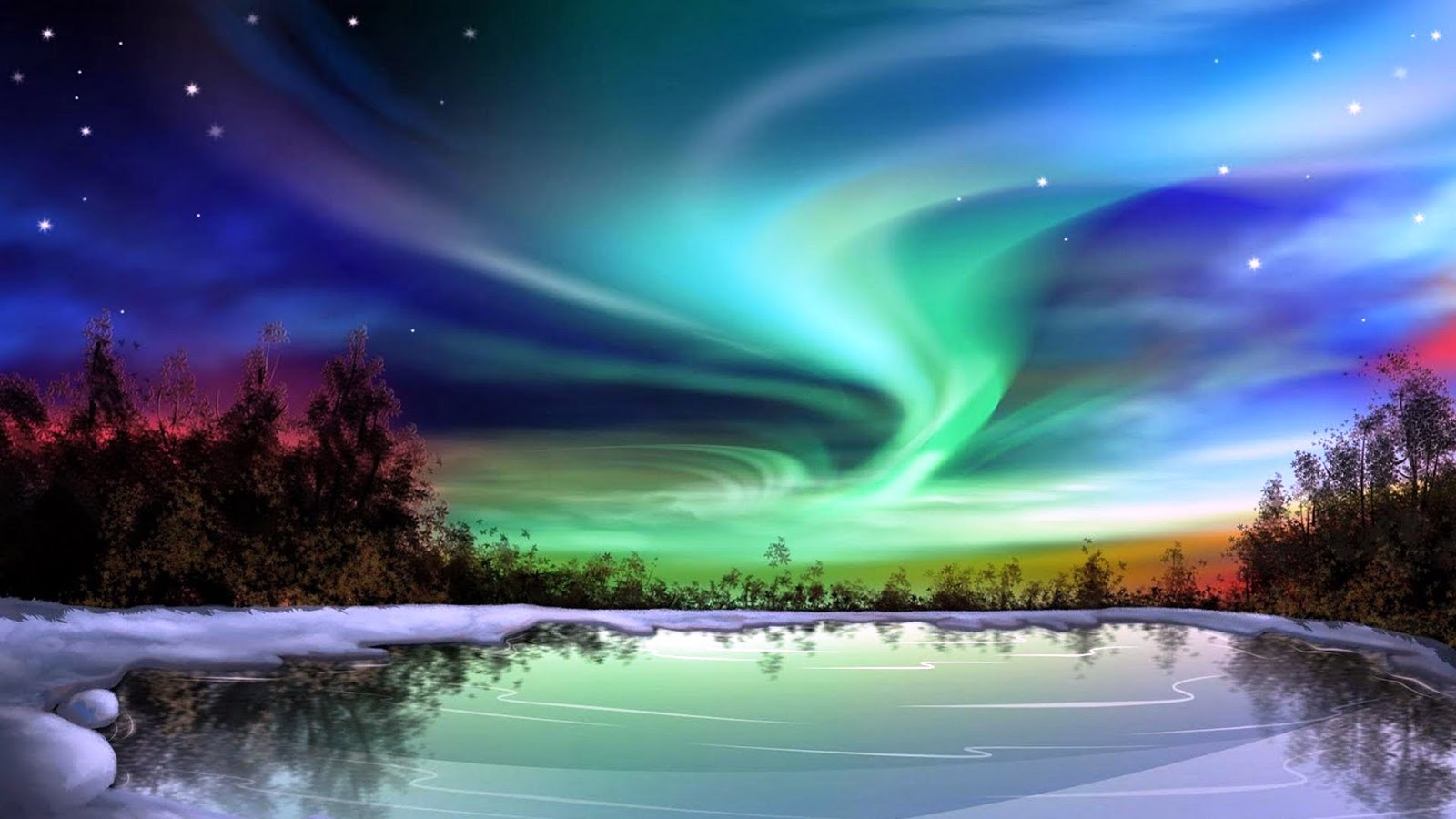

And if you’re on an aurora quest from mid-August to mid-September, (Fall) there’s still time to enjoy summer activities, like visiting Denali National Park or taking a glacier cruise. From mid-November through March, you can check into a lodge or look for the lights each night as you try a different activity, like ice fishing or dogsledding. hubs (like Chicago, Denver, Los Angeles, Minneapolis, Seattle, and Portland), so you can get here in just a few hours-no passport required. You can book nonstop flights to Anchorage year-round from major U.S.

They’re all great places, but here are 4 reasons why Alaska tops the list: If you’re browsing northern lights–viewing vacations, you’ve likely seen trips to Norway, Canada, Sweden, Iceland, and Greenland. They're not visible during the middle summer months, because it doesn't get dark enough under the midnight sun! Why Alaska? Coronal hole high-speed streams can also generate auroras on Earth.First things first: When can you see the northern lights? From mid – August to mid-April, it’s possible to see the northern lights in Alaska.
#NORTHERN LIGHTS FULL#
A coronal hole is a cooler area in the sun’s corona that can generate high-speed solar wind full of charged particles and spread them out across the solar system. Auroras are one of the few ways we can see space weather from the ground, and while they’re usually confined to the poles, enough excitement from the sun can create auroras much farther away.īut before the CMEs get here tomorrow, a coronal hole high-speed stream is expected to arrive tonight and drive a G1, or “minor,” geomagnetic storm. These particles excite the gases in the sky and cause them to glow, similar to how neon lights work. Details below: /OebQXDr1oU- Space Weather Watch August 17, 2022Īuroras form when high-energy particles from the sun collide with the Earth’s atmosphere. That means it may create auroras not just at the poles but also closer to the equator than usual.ĪURORA FORECAST: Tonight's aurora forecast for the potentially impending moderate/strong geomagnetic storm shows generally cloudy conditions over the Northeast and better than average conditions for parts of Michigan, the Rocky Mountain West, the Pacific Northwest.

The two bursts may combine en route and create a geomagnetic storm reaching G3, or “strong” levels. Scientists recently detected two of these CMEs erupting on the sun and heading toward Earth. A coronal mass ejection (CME) is a large burst of magnetized plasma from the sun’s corona, its outermost layer. This all began a few days ago, 93 million miles away, on the sun. NOAA’s Space Weather Prediction Center (yes, that’s a thing) issued a geomagnetic storm watch from August 17 to August 19 “due to coronal high speed stream (CH HSS) and coronal mass ejection (CME) influences” with the potential to escalate to G3 conditions. Auroras are expected to form farther south than usual as a geomagnetic storm arrives on August 17. It’s the product of some recent rare and unusual weather in space. Oregon, Iowa, Pennsylvania, and New York could all see shimmering skies after dusk. The northern lights might show up a lot farther south tonight, tomorrow, and Friday, perhaps even near you.Ī geomagnetic storm is brewing, and it could form auroras over parts of Canada and the northern parts of the continental United States.


 0 kommentar(er)
0 kommentar(er)
